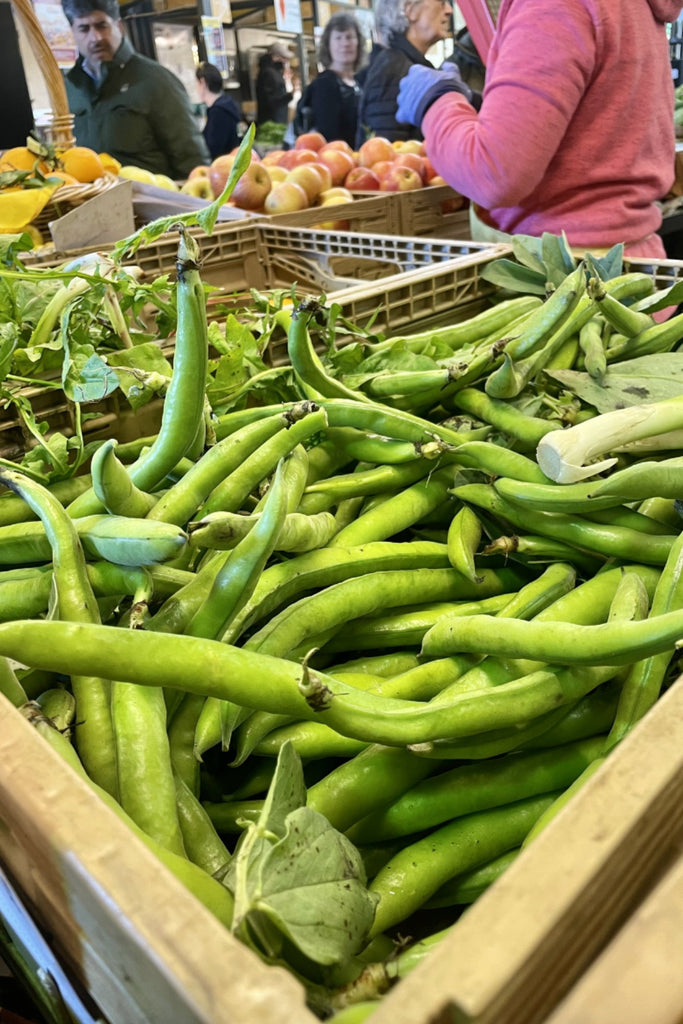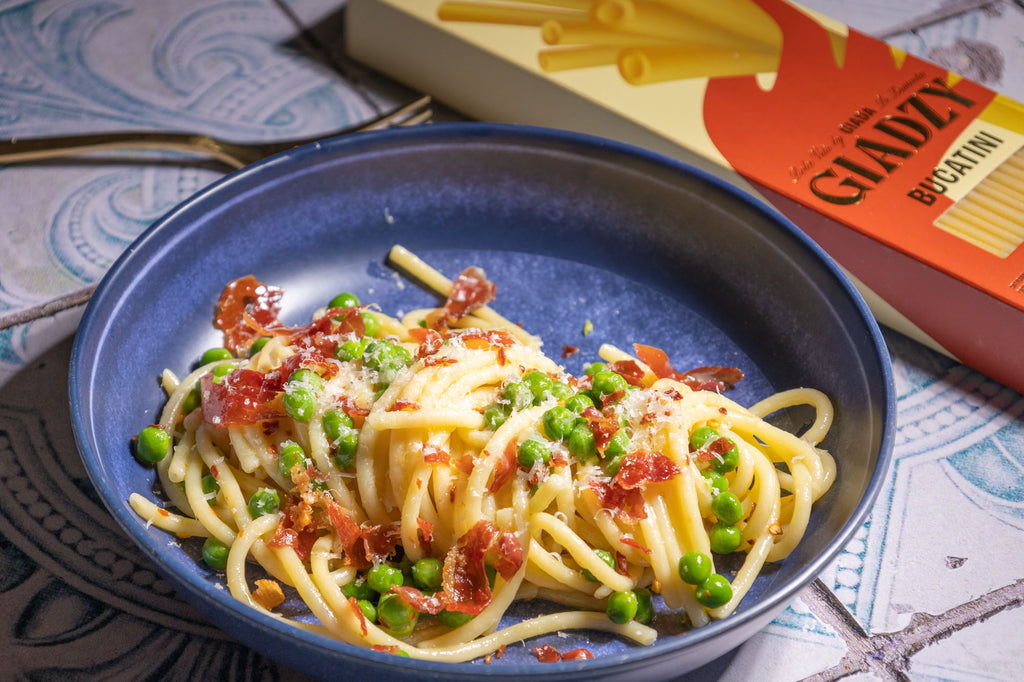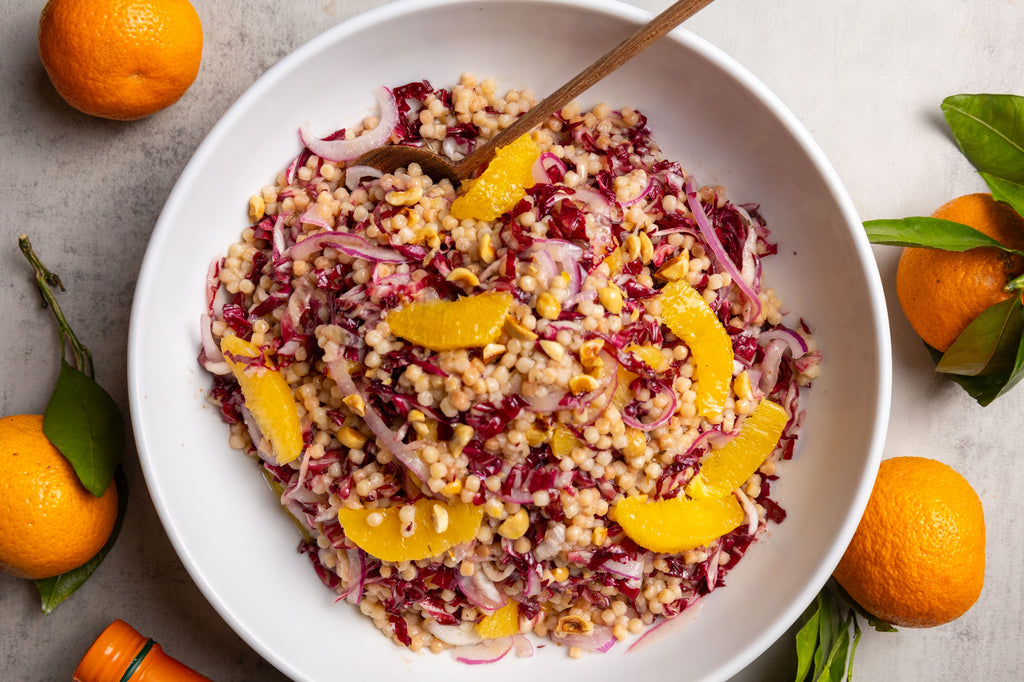As the growing season begins, Italians find joy in these spring vegetables as they come to market.
After a long winter of sturdy, cold-weather vegetables and pantry staples, the first fresh produce of spring is met with great joy in Italy. As a country that values eating local foods in season above all else, Italians make the most of every new delicacy as it emerges from the ground.
As in the U.S., spring in Italy is the time for tender greens and delicate new growth. While some of the vegetables that are popping up right now may be familiar to the American farmers’ market shopper, others are quintessentially Italian. Do as the Italians do and enjoy these now, while they’re at their peak!
Artichokes
With an extremely short growing season that peaks at the start of spring, artichokes’ arrival is celebrated every year. They’re especially popular in the region around Rome, where they are primarily grown. Now is the time when you’ll find heaping plates of crunchy fried carciofi alla giudia or flavorful braised carciofi alla romana at every restaurant in the Italian capital.
How to cook it: Enjoy baby artichokes raw in a bright salad, or quarter and grill larger artichokes. If you can’t get your hands on fresh artichokes, try a creamy risotto with preserved artichoke hearts.
Asparagus
As the spring temperatures rise, you’ll find fresh green and white asparagus everywhere both here and in Italy. There, the white variety from Bassano del Grappa, which is grown under cover to keep it from developing color and is sweeter and more tender, is especially prized. You’ll find it served simply blanched with a creamy egg-based sauce and in risotto.
How to cook it: Snappy asparagus sings in a fresh salad or sauteed and tossed with pasta.
Fava beans
Young fava beans begin to pop up in April and May and are enjoyed as a treat in spring before they get big and mealy. Many Italians love popping the blanched beans out of their skins and snacking on them like popcorn, drizzled with a little olive oil or lemon juice, and you’ll see them in restaurants tossed in bright salads.
How to cook it: Fava beans require more than a little prep work, but the sweet green gems are worth the effort. Toss them in a simple pasta flavored with a nice chianti to appreciate their delicate flavor.
Lemons
On the Amalfi Coast, lemons are one of the most prized crops, appearing in everything from spaghetti to granita to the beloved local liqueur limoncello. Spring marks the peak of their harvest season, which extends through the summer—if you happen to be in the region at that time, you’ll see farmers carrying brimming baskets of the fragrant citrus up and down the cliffside terraces of their orchards.
How to cook it: While the specific variety of sweet lemons that grow in Amalfi are rarely available here in the U.S., there’s never a bad time to enjoy a little citrus zing in the form of Giada’s lemon spaghetti, inspired by a dish she ate on the island of Capri.
Peas
A spring staple here as in Italy, fresh peas are one of the great joys of the season. Juicy, sweet, and miles better than their frozen counterpart, they take seconds to cook once they’ve been shelled. In Italy you’ll often find them cooked with the pungent spring onions that also grow at this time of year, an example of the old saying “what grows together goes together.”
How to cook it: Tender spring peas have a natural sweetness that makes a great foil for salty prosciutto, whether on crostini or with pasta.
Radicchio
A transitional vegetable that can be found from late winter to early spring, radicchio’s bitter, bright-red leaves make a bold statement. Radicchio from Treviso is the best of the best, soaked in cool water from the Sile river after harvest to make it extra crisp, flavorful, and rich in nutrients.
How to cook it: If your spring is starting out rainy and cool and you’re looking for creamy comfort, you can’t do better than Giada’s Bitter Rice, inspired by her grandmother. For a warmer-weather experience, try radicchio in a bright salad or on the grill.


























0 comments